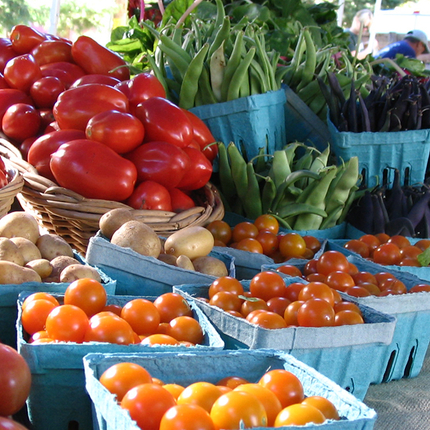By Kevin Patrick Allen, Iowa Public News Service, and Mary Kuhlman, Nebraska Public News Service
An alternative to traditional farm insurance is catching the attention of the agricultural community in Iowa and throughout the Midwest.
In farming - like investing - diversification is encouraged. But farmers who produce additional crops, like watermelons and sweet corn, have often found insurance to be lacking or nonexistent.
A pilot program from the U.S. Department of Agriculture Risk Management Agency, known as Whole-Farm Revenue Protection, is helping to change that. Cora Fox, policy program associate with the Center for Rural Affairs, said farms with a minimum of three commodities can receive up to 85 percent coverage - and it isn't only for niche markets and specialty crops.
"It really rewards diversification on a farm,” Fox said. "So, for something like a major commodity grower, you could have corn, soybeans and wheat and still utilize Whole-Farm Revenue Protection, and get that 85 percent coverage level."
Diversification has been shown to protect soil, improve water quality, reduce the need for pesticides and cut energy usage. Fox said she’s hopeful that Whole-Farm Revenue Protection will prompt more farmers to diversify their operations.
Kelly Jackson is general manager at Daniels Produce in Columbus, Nebraska. She said her father farmed corn and soybeans until floods in 1982, '83, and '84 prompted his move into the fresh vegetable market. Still, they faced years in which entire crops were lost or insurance would only reimburse them for a pre-determined commodity price that was often lower than the crop's true value.
"But 'Whole-Farm' goes off of historically what I have produced, and historically what I've sold my product for,” Jackson explained.
The pilot project is aimed not only at protecting the environment and assisting individual farms, but at building more resilient rural communities.





